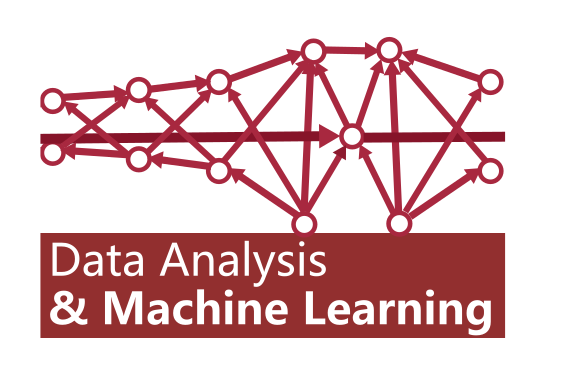
This work is licensed under a Creative Commons Attribution-NonCommercial-ShareAlike 4.0 International License.

Here you can find the bulk of the material for the 2024 edition of "Data Analysis and Machine Learning 4". This is an applied course for 4th year electronic engineering students at the University of Edinburgh.
Each week revolves around a particular topic and consists of a lecture, notes (a mix of theory and Python code in a Jupyter notebook), and a lab sheet of Python exercises (I haven't made these publicly available yet). Lecture slides (pdf) and static versions of the notebooks (html) are given below. The actual Jupyter notebooks are on Github.
Topics
- Introduction, data modalities, variable types | slides | notes
- Summarising and visualising data | slides | notes
- Preprocessing, PCA, clustering | slides | notes
- Machine Learning and ethics | slides
- Linear models for regression | slides | notes
- Linear models for classification | slides | notes
- Model selection and evaluation | slides | notes
- Classification and regression trees | slides | notes
- Gaussian Processes | slides | notes
- Deep Neural Networks | slides | notes
Thanks to all the people who helped me make this course. Special thanks to Joe Mellor (who also designed the logo), Amos Storkey, Justin Engelmann, Tom Lee, and Henry Gouk for many a discussion.